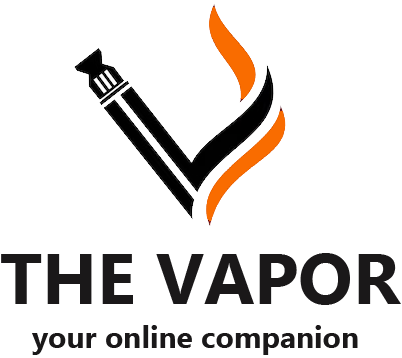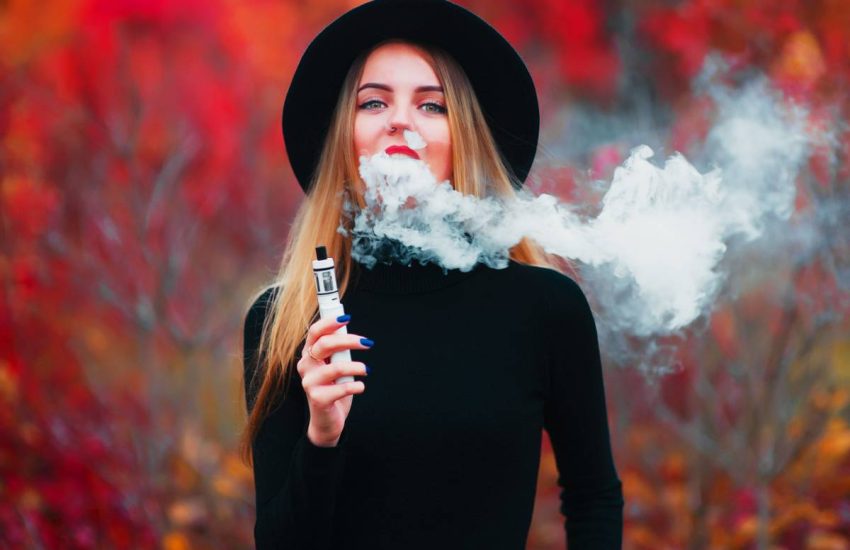Smart Social Media Tactics That Actually Work for Vaping Brands
Navigate social media marketing restrictions for vaping brands by leveraging community-driven content and influencer partnerships while maintaining compliance (read more). Build authentic engagement through educational content focused on harm reduction, product safety, and responsible usage rather than direct product promotion. Target adult audiences exclusively by implementing age-gating features across platforms and carefully selecting posting times to minimize youth exposure.
Transform platform limitations into opportunities by creating visually striking lifestyle content that resonates with your target demographic without explicitly promoting vaping products. Develop a robust content calendar balancing industry news, user testimonials, and behind-the-scenes glimpses into your brand culture while adhering to each platform’s specific guidelines. Engage through Instagram Stories, Twitter spaces, and LinkedIn thought leadership to maintain visibility despite advertising restrictions.
Focus on building value-driven communities through Facebook Groups and Reddit discussions, positioning your brand as an authority on vaping safety and innovation. This approach not only circumvents traditional marketing barriers but establishes lasting connections with your audience through meaningful dialogue and educational resources.
Navigating Platform-Specific Content Policies
Content Compliance Essentials
Navigating content compliance on social media platforms requires careful attention to platform-specific guidelines when marketing vaping products. Each major platform has distinct restrictions that brands must understand and respect.
Instagram and Facebook maintain strict policies against promoting vaping products directly, but allow general brand awareness content. Focus on lifestyle imagery, behind-the-scenes content, and company culture posts while avoiding direct product shots or sales language. Educational content about vaping safety and responsible use is generally acceptable when presented without promotional intent.
Twitter offers slightly more flexibility but still restricts paid promotion of vaping products. Organic posts can include product information, though explicit sales messaging should be avoided. Include appropriate age-gating measures and health disclaimers in your profile and posts.
LinkedIn is best utilized for B2B networking and industry news rather than direct-to-consumer marketing. Share company milestones, industry insights, and professional content while steering clear of product promotions.
TikTok and Snapchat have zero-tolerance policies for vaping-related content, making these platforms essentially off-limits for direct marketing efforts.
Key compliance tips across all platforms:
– Never target or appeal to minors
– Avoid health claims or smoking cessation messaging
– Include appropriate age restrictions and warnings
– Focus on brand storytelling rather than direct product promotion
– Monitor platform policy updates regularly
– Document your compliance measures
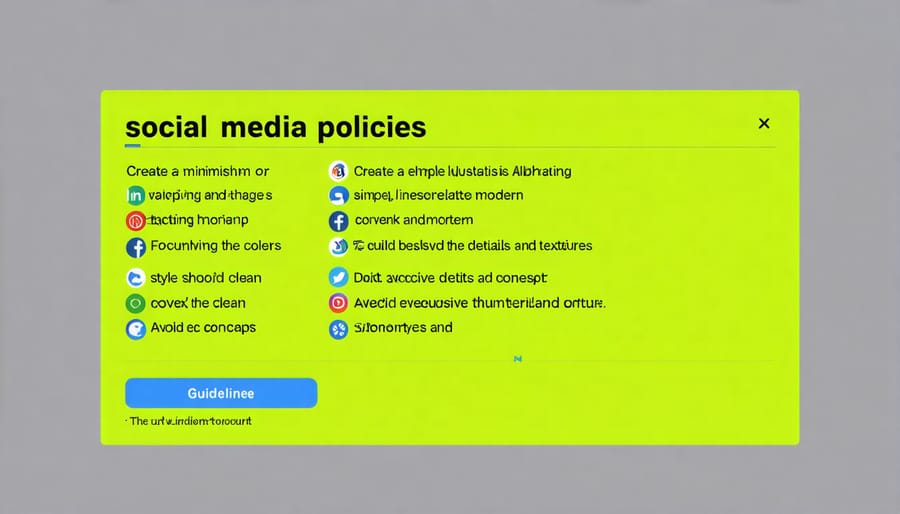
Alternative Platform Opportunities
While mainstream social platforms present challenges for vaping brands, several alternative platforms and communities offer valuable opportunities for engagement and growth. Forums like Reddit’s r/vaping and r/electronic_cigarette communities provide spaces for authentic discussions about vaporizer technology and product experiences.
Specialized vaping forums like ECF (E-Cigarette Forum) and Planet of the Vapes maintain active user bases and welcome brand participation when it adds value to conversations. These platforms often have more relaxed advertising policies while reaching highly targeted audiences.
Discord servers dedicated to vaping enthusiasts offer real-time engagement opportunities through chat rooms and community events. Brands can establish their presence by creating educational content, hosting Q&A sessions, and building genuine connections with users.
Consider emerging social platforms like Minds and MeWe, which typically have fewer content restrictions. These platforms may have smaller user bases but often feature engaged communities interested in alternative lifestyle products.
Vaping marketplace platforms like Element Vape and DirectVapor also offer social features, allowing brands to build presence where purchasing decisions are made. These integrated social-commerce environments enable direct customer interaction while showcasing products within compliant frameworks.
Remember to maintain consistent branding across these alternative platforms while adapting content strategy to each platform’s unique culture and community guidelines.
Building an Engaged Community
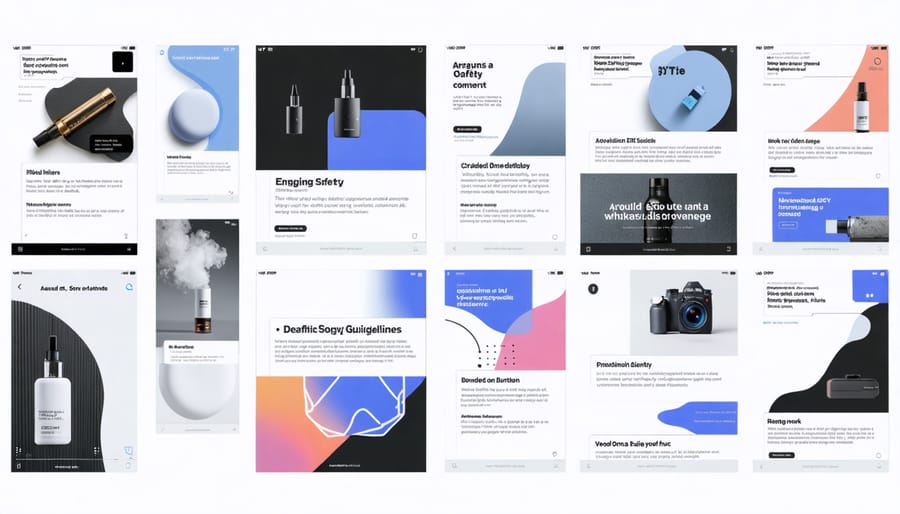
Value-First Content Creation
Creating valuable content that resonates with vaping enthusiasts requires a delicate balance of education and engagement. Start by establishing your brand as a reliable source of vaping fundamentals through informative posts that help newcomers navigate the basics while offering advanced users deeper insights into their passion.
Focus on creating content pillars that address common pain points and interests. Share detailed product breakdowns, explaining features and benefits in clear, relatable terms. Develop visual content that showcases proper device maintenance, coil building tutorials, and safety tips. Don’t forget to demonstrate your e-liquid knowledge through engaging posts about flavor profiles, mixing techniques, and temperature control.
User-generated content plays a crucial role in building community engagement. Encourage customers to share their setups, favorite combinations, and vaping journey stories. Create interactive content like polls about preferred flavors or device features to spark discussions and gather valuable feedback.
Remember to maintain a balanced content calendar that includes:
– Quick tips and device hacks
– Comparative reviews of new products
– Behind-the-scenes looks at your brand
– Community spotlight features
– Industry news and updates
– Q&A sessions addressing common concerns
Always prioritize accuracy and safety in your content while maintaining an approachable tone. Use clear visuals, infographics, and short-form videos to break down complex topics into digestible pieces. This approach helps establish your brand as both knowledgeable and accessible to your audience.
Community Management Tactics
Building a thriving social media community requires careful moderation and engagement strategies, especially in the vaping industry. Start by establishing clear community guidelines that outline acceptable behavior, content sharing rules, and interaction expectations. These guidelines should emphasize respectful discourse while maintaining compliance with platform-specific regulations.
Engage with your community by responding promptly to comments and messages, ideally within 24 hours. When addressing questions or concerns, maintain a helpful and educational tone while avoiding medical claims or explicit promotional language. Consider appointing community moderators from your most active and knowledgeable followers to help maintain discussions and report potential violations.
Create engagement opportunities through polls, Q&A sessions, and discussion threads about vaping experiences, flavor preferences, and device maintenance tips. These interactive elements encourage meaningful conversations while building brand loyalty. Remember to monitor discussions closely to ensure they remain within platform guidelines and industry regulations.
When handling negative feedback, respond professionally and take the conversation to private messages when necessary. This approach demonstrates transparency while protecting your brand’s reputation. Use community feedback to improve your products and services, and regularly acknowledge valuable contributions from community members.
Implement a content calendar that balances educational posts, community highlights, and user-generated content. Feature customer success stories and experiences, always with proper permissions and age verification. Regular community challenges and contests can boost engagement, but ensure they comply with platform rules and local regulations.
Foster connections between community members by facilitating discussions and encouraging peer support. This creates a self-sustaining ecosystem where experienced vapers help newcomers while maintaining brand relevance and authority.
Influencer Collaboration Strategies
Finding the Right Partners
Success in social media marketing often hinges on partnering with the right influencers who align with your brand values and authentically connect with your target audience. When seeking potential collaborators, focus first on micro-influencers within the vaping community who demonstrate genuine product knowledge and maintain engagement with their followers.
Look for content creators who consistently produce high-quality, responsible content and maintain professional communication standards. Their previous posts should show a clear understanding of platform guidelines and industry regulations. Evaluate their engagement metrics beyond just follower count – authentic comments, meaningful discussions, and steady growth are more valuable than inflated numbers.
Before finalizing any partnership, thoroughly review their content history for red flags like promotional violations or inappropriate content. Request their media kit and engagement analytics to verify their audience demographics align with your target market. Consider starting with smaller trial campaigns to test compatibility and results.
Establish clear guidelines and expectations upfront, including content requirements, posting schedules, and compliance protocols. Document everything in a formal agreement that outlines deliverables, compensation, and legal responsibilities. Remember that the best partnerships are those where both parties share similar values and commitment to responsible marketing practices.
Finally, maintain regular communication with your partners and monitor their content to ensure ongoing alignment with your brand standards and regulatory compliance.
Compliance in Partnerships
When partnering with influencers, vaping brands must prioritize compliance with both platform-specific regulations and broader industry guidelines. Start by establishing clear communication channels with potential partners and providing them with a comprehensive compliance checklist. This should include guidelines on age verification, content restrictions, and proper disclosure of sponsored content.
Influencers must understand and follow vaping safety practices while creating content. Ensure they’re well-versed in presenting products responsibly, avoiding health claims, and maintaining transparency about their promotional relationship with your brand.
Document all partnership agreements in writing, including specific requirements for content creation, posting schedules, and compliance expectations. Regular monitoring of influencer content is essential to maintain alignment with regulations. Consider implementing a content review process before posts go live to prevent potential violations.
Keep detailed records of all influencer collaborations, including content approvals, posting dates, and engagement metrics. This documentation can prove valuable during regulatory audits or platform reviews. Additionally, stay updated on changing platform policies and industry regulations to adjust your partnership strategy accordingly.
Remember that non-compliance can result in account suspensions, legal issues, or damage to brand reputation. Prioritize working with influencers who demonstrate a strong understanding of industry regulations and maintain professional standards in their content creation.
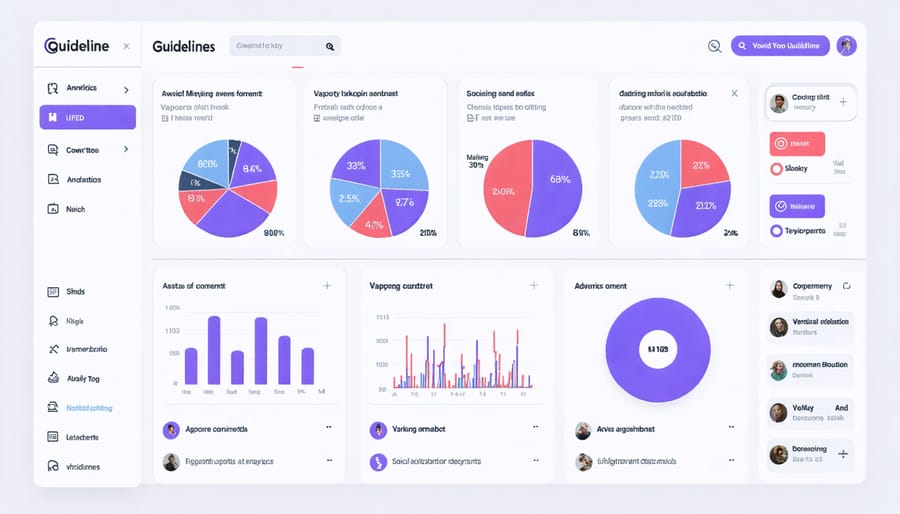
Measuring Success and Optimization
Tracking and measuring the success of your social media efforts is crucial for optimizing your vaping brand’s online presence. Start by establishing key performance indicators (KPIs) that align with your business goals. Essential metrics to monitor include engagement rates, follower growth, post reach, and click-through rates to your product pages.
Engagement metrics deserve special attention, as they indicate how well your content resonates with your audience. Track likes, comments, shares, and saves to understand which content types perform best. For instance, if tutorial videos consistently outperform product photos, adjust your content strategy accordingly.
Consider using social media analytics tools to gather detailed insights. These platforms can help you identify peak posting times, audience demographics, and content performance patterns. Pay attention to conversion tracking, especially for promotional posts or influencer collaborations, to measure direct ROI from your social media investments.
Community growth metrics should focus on quality over quantity. Monitor not just follower counts, but also audience retention rates and the percentage of engaged followers. This helps ensure you’re building a genuine community rather than just accumulating passive followers.
Regular A/B testing is vital for optimization. Test different content formats, posting times, caption styles, and visual elements. Document what works and what doesn’t, creating a data-driven approach to content creation. For example, if shorter captions drive more engagement than longer ones, adapt your content strategy accordingly.
Don’t forget to track negative metrics like unfollows, negative comments, or low-performing content. These indicators can help identify potential issues in your strategy and guide necessary adjustments. Create monthly or quarterly reports to analyze trends and make informed decisions about your social media direction.
Remember that success metrics may vary depending on your specific business goals. Whether you’re focusing on brand awareness, community building, or direct sales, align your tracking methods with these objectives and adjust your strategy based on the data you collect.
As we’ve explored throughout this guide, successful social media marketing for vaping brands requires a delicate balance of compliance, creativity, and community engagement. The key to thriving in this space lies in building authentic connections while navigating platform restrictions and regulatory requirements.
Looking ahead, we can expect social media marketing in the vaping industry to become increasingly sophisticated, with a greater emphasis on user-generated content, micro-influencer partnerships, and educational initiatives. Brands that focus on transparency, responsible marketing, and genuine community building will likely see the most sustainable growth.
Remember to stay adaptable as platform policies and regulations continue to evolve. Diversifying your social media presence across multiple platforms while maintaining consistent brand messaging will help create a robust online presence. Leverage emerging trends like short-form video content and interactive stories, but always prioritize compliance and responsible marketing practices.
Success in social media marketing for vaping brands ultimately comes down to understanding your audience, creating valuable content that resonates with them, and building trust through authentic engagement. Keep monitoring industry developments, adjusting your strategy as needed, and maintaining open communication with your community.
The future of vaping industry social media marketing lies in innovative approaches that balance promotional goals with social responsibility, creating lasting connections with customers while respecting platform guidelines and regulations.
